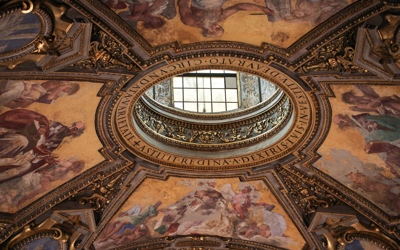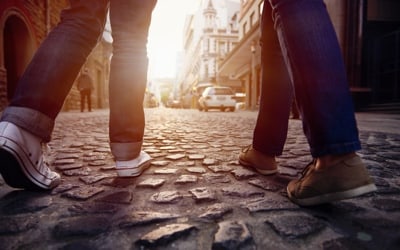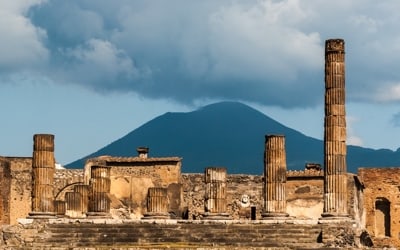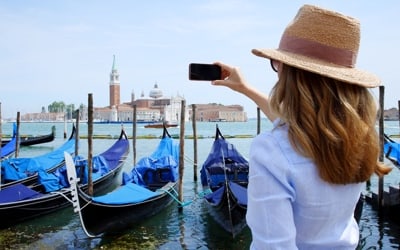
Squares of Rome – Morning Tour
Rome is famous also for its beautiful squares, portrayed in many movies. Visit them in this guided tour and have a wonderful experience!
The tour begins in Piazza di Spagna, a masterpiece of the XVIII century. The square, with its irregular shape, extends to the feet of Pincio hill; on top of it the French Church Trinita dei Monti (1502) is located. The square and the church are connected by the monumental Spanish steps, built between 1723-1726 and designed by Francesco de Sanctis. The Spanish steps, once a year in the summertime, host a famous fashion show, used as a catwalk. In the square we find the Barcaccia Fountain, built in 1598 by order of Pope Urban VIII to commemorate the disastrous flood caused by the Tevere river the very same year. The most glamorous Roman streets - via Condotti e via del Babuino - lead to Piazza di Spagna. The area around Piazza di Spagna is where you can find the most prestigious shops such as Prada, Valentino and Gucci. It is an ideal starting point for your shopping in Rome!
From the Spanish Steps the tour continues with a short walk of about 400 metres to reach the famous Trevi Fountain. It is a huge baroque confection of thrashing mer-horses, splashing water, and striding Tritons presided over by a muscular Neptune. The fountains are powered by the Roman aqueduct of the Acqua Vergine. There is a custom, before leaving: the tourist must throw a coin in the fountain and this act ensures their return to the "Eternal City". Some say you must lob the coin with your right hand backward over the left shoulder. Others insist you must use three coins!
A short walk from the Trevi Fountain you will find Piazza Montecitorio. In the center of the square stands Obelisk of Montecitorio, originally from Heliopolis in Egypt, dating back to the 6th century BC. In 10 BC, it was bought to Rome by the Emperor Augustus to be used as the gnomon of the Solarium Augusti. Many years later in 1789, Pope Pius VI moved the obelisk to its current position in front of the Palazzo Montecitorio, which today serves as the seat of the Italian Chamber of Deputies.
After this stop we continue then to the Pantheon, a building of ancient Rome, built as a temple to all the gods of Olympus. The Romans call it the Rotonna, or Ritonna (La Rotonda), from which it takes the name of the square. The Pantheon was rebuilt by Emperor Hadrian between 118 and 128 AD, the facade bears the inscription of Agrippa in bronze letters. The dome of the Pantheon is the largest in the world since ancient times. The interior of the dome symbolizes Heaven. The great hole at the top of the dome is almost nine feet in diameter and is the only source of light inside and symbolizes the sun.
The tour will continue to Piazza Navona which in Ancient Rome was the Stadium of Domitian, built by Emperor Domitian in 85 AD to accommodate the athletic games. Piazza Navona is the pride of Baroque Rome, with architectural elements and sculptures by masters such as Gian Lorenzo Bernini (Fountain of the Four Rivers in the center of the square, which is the Danube, the Ganges, the Nile and the Rio de la Plata, the four corners of the Earth), Francesco Borromini and Girolamo Rainaldi (the Church of St. Agnes in Agony, in front of the fountain by Bernini), and Pietro da Cortona (author of the frescoes of the gallery of the Palazzo Pamphili).
After this visit, our tour will end at Campo de' Fiori. Since 1869 the square has been home to a colorful local market of groceries. It had previously hosted performances, horse racing and for centuries Campo de 'Fiori was the main stage for public executions. At its center there is a large bronze statue, which was inaugurated in 1887 by Ettore Ferrari, the philosopher and Dominican friar Giordano Bruno, who was sentenced to death for heresy and burned alive on February 17, 1600, exactly where his monument is found.

















